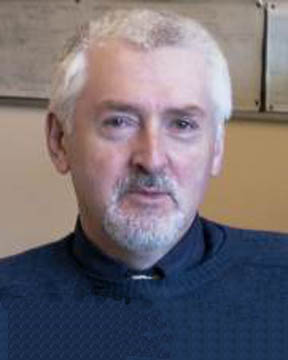I love this paper. It’s in a great journal, chock full of well-sourced, multidisciplinary information, and written by a rock-solid expert in an immensely important field: Dendrochronology. While other Dendrochronologists signed-up for the terribly political job of attempting to document slow and incremental temperature change over the ages, Mike Baillie became an expert in the unequivocal spikes of sudden and dramatic climate change as demonstrated in the tree record.
Baillie is more than a well-published empirical scientist, however. He is also a wonderful student — and teller — of Ancient Irish, Welsh and Celtic “myth”. I have read all his books. They are a sublime mix of climate catastrophe science during human times as indicated by the trees, and incomprehensible horror as related by the people who endured the trees’ time of diminished growth. His books make a spooky read.
Like Bill Napier, who added a career later in life as a Science Thriller writer, I am sure Mike has considered writing sci-horror — just to get his Ya-Yas out.
“It is increasingly evident that intellectually the world is dividedinto two. There are those who study the past, in the felds of
history, archaeology and palaeoecology, and see little or no evidence for any human populations ever having been affected
by impacts from space. In diametric opposition to this stancethere are those who study or take an interest in the objects that
come close to, and sometimes collide with, this planet. The latter group appear to be willing to look at a wider range of
evidence than the former. When myths come with dates, why should they be ignored? What are the chances that someone
looking for evidence of impacts would come up with the dates AD 1014 and 1491 purely on the basis of the presence of
ammonium, and subsequently And that these are the dates of two of the closest comet approaches in Sekaninaa ndYeomans’
1984 list? What are the chances, given the way the latter dates were discovered, that AD 539, 1014 and 1491 should be at
475/477 year intervals-is this a hint of periodicity? There is, without doubt, enough interlinking information, from a variety
of disciplines, to suggest that there is a major story involving ammonium, comets and myths. One nal link may sufce to
make the point. There is ammonium in no fewer than four ice cores at AD 1348, a date that marks the arrival into western
Europe of thesecond‘Great Plague’ of this era (Baillie, 2006). Ammonium at the start of the two great plagues. . .makes one
wonder. . .especially as Hughes (2003) notes a change in the frequency of comet sightings around AD 500 and again around
AD 1350.”


